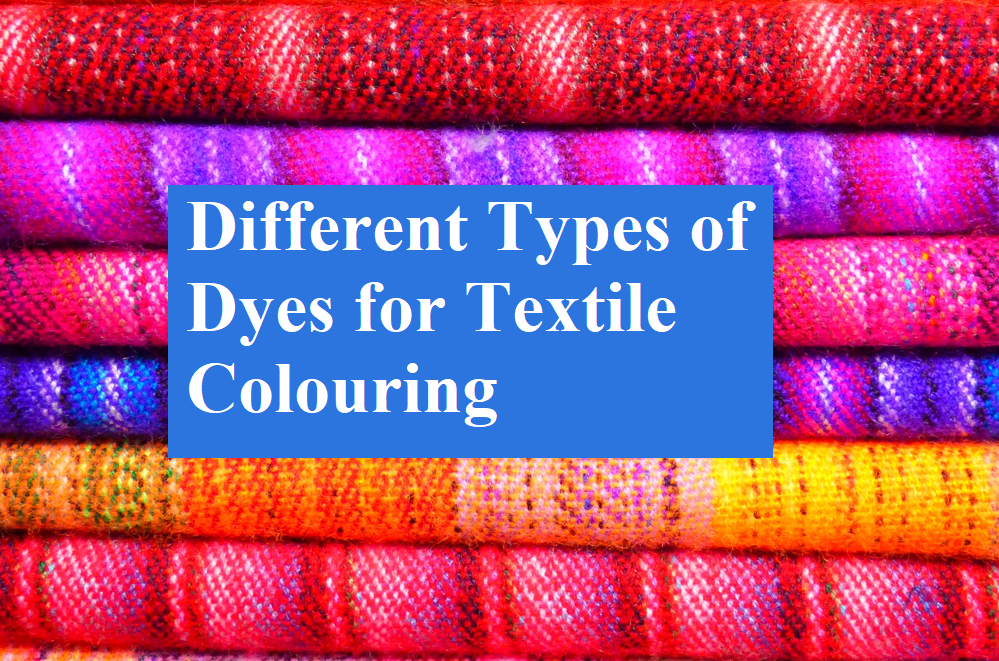indigo dye source


For skeptics of plant-derived dyes, the consistency and vibrancy of synthetic indigo present a compelling argument. However, there's a growing consensus among dye producers and designers that natural options boast environmental benefits that synthetics cannot rival. Manufacturing synthetic indigo involves petrochemicals, leading to a larger carbon footprint. In stark contrast, plant-derived indigo does not usher in such environmental detriments, aligning with sustainability goals that are increasingly prioritized by both brands and their consumers. Consumers today demand authenticity, and the origins of dye profoundly impact this perception. Indigo, derived from natural sources, captures a narrative of artistry, tradition, and sustainability. These are not mere marketing buzzwords but tangible qualities reflected in every fiber dyed. Such attributes are integral when establishing brand authority in a marketplace that values transparency and eco-consciousness. Furthermore, the trustworthiness of indigo-dyed products is underpinned by their heritage. As consumers become more educated and discerning, they gravitate towards products that tell a story and offer a genuine connection to history and nature. Ensuring the verifiable origins and ethical production of indigo dye not only strengthens brand loyalty but also elevates the product's standing in a competitive industry. In conclusion, understanding and harnessing the primary sources of indigo dye can position products at the forefront of a growing trend towards sustainable, ethical, and historically rich consumer goods. For brands and producers aiming for longevity and trust, embracing the full potential of natural indigo sources is not merely a trend but a wise and impactful business strategy.
-
Denim Indigo Dye Supports Sustainable Fashion
NewsAug.28,2025
-
Black Sulfur Elevates Material Durability
NewsAug.28,2025
-
The Alchemist's Indigo: A Forgotten Dye Of The Ancient World
NewsAug.28,2025
-
Sustainable Sulphur Black Dyeing: Eco-Friendly Methods For Textile Factories
NewsAug.28,2025
-
Sulfur Black Dyes: The Superior Choice For Industrial Applications
NewsAug.28,2025
-
Indigo Blue: History And Cultural Significance
NewsAug.28,2025
-
Global Sulphur Black Suppliers: Market Trends And Future Demand
NewsAug.28,2025

Sulphur Black
1.Name: sulphur black; Sulfur Black; Sulphur Black 1;
2.Structure formula:
3.Molecule formula: C6H4N2O5
4.CAS No.: 1326-82-5
5.HS code: 32041911
6.Product specification:Appearance:black phosphorus flakes; black liquid

Bromo Indigo; Vat Bromo-Indigo; C.I.Vat Blue 5
1.Name: Bromo indigo; Vat bromo-indigo; C.I.Vat blue 5;
2.Structure formula:
3.Molecule formula: C16H6Br4N2O2
4.CAS No.: 2475-31-2
5.HS code: 3204151000 6.Major usage and instruction: Be mainly used to dye cotton fabrics.

Indigo Blue Vat Blue
1.Name: indigo blue,vat blue 1,
2.Structure formula:
3.Molecule formula: C16H10N2O2
4.. CAS No.: 482-89-3
5.Molecule weight: 262.62
6.HS code: 3204151000
7.Major usage and instruction: Be mainly used to dye cotton fabrics.

